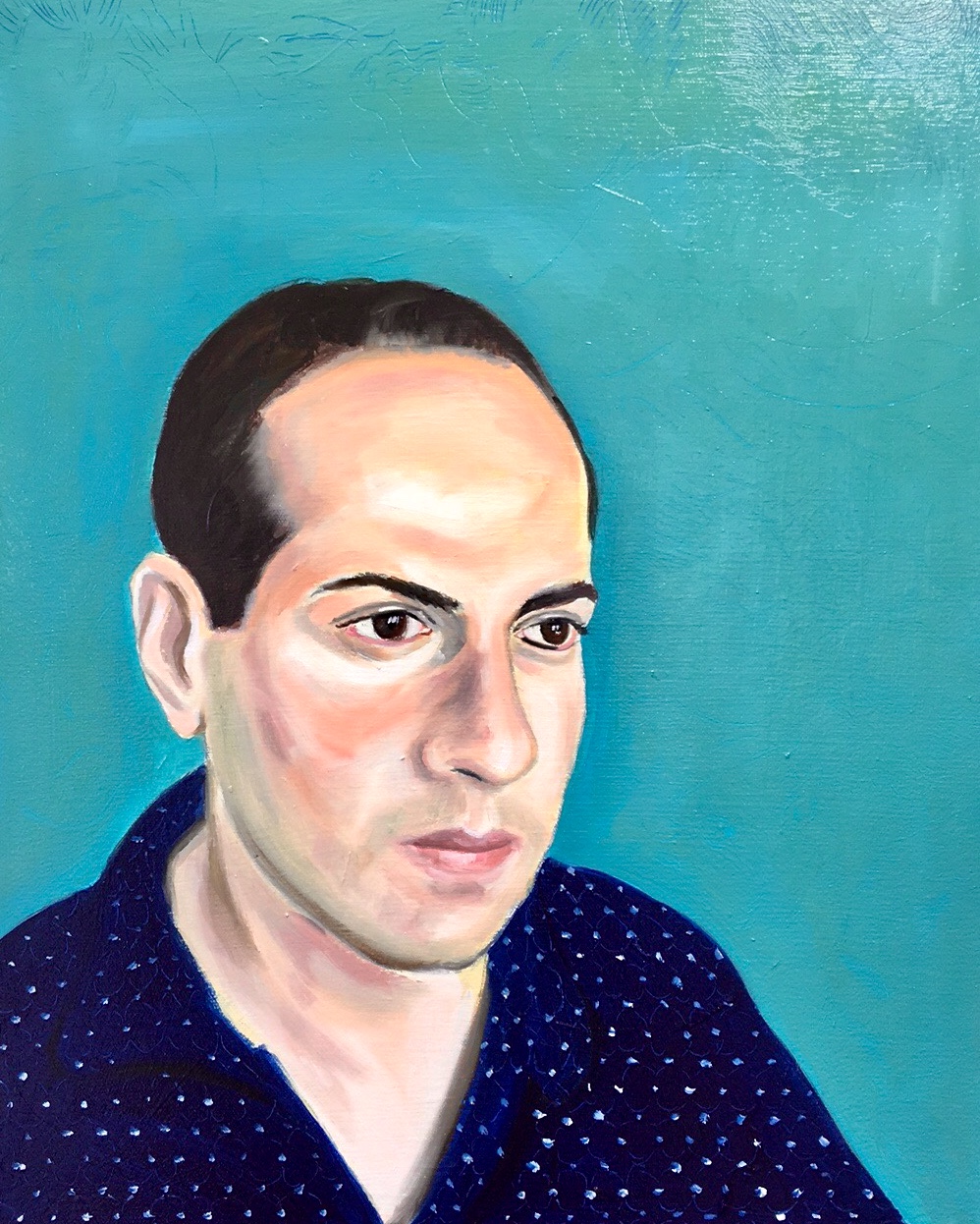Mr Hayashi's Elephant: Creativity and Friendship
- Edward Luper
- Mar 10, 2024
- 2 min read
Creativity, at its core, is about sharing one's vision with the world. When a maker creates, they share their emotions, whether it's joy or sadness. We connect with their work when we share their vision and may not resonate if we don't. Allow me to share a story that illustrates this.

I've always had a special affinity for elephants, dating back to my childhood. So, encountering fellow elephant enthusiasts often leads to an instant connection. One memorable encounter happened unexpectedly in Kyoto, Japan. While enjoying an evening at a café on Teramachi street, a man wearing a bowler hat strolled by with a puppet elephant as his companion. The sight thrilled me more than spotting a maiko or geisha, prompting me to snap a photo and sketch the scene. The elephant man continued on his way, seemingly unnoticed by the passersby, leaving behind a charming memory.
The following day, during a visit to the antique market at Kitano Tenmangu shrine, I encountered the elephant man once again among the bustling stalls. This time, I approached him, showing him my sketch. Thus began my acquaintance with Shinji Hayashi, a self-taught puppet-maker and artist.

As we conversed via Instagram and Google Translate, I was struck by Mr. Hayashi's remarkable creativity. He crafts his puppets from found materials, infusing each piece with joy and a desire to share his creations with the world. This, to me, epitomises the essence of creativity: the act of sharing.
Mr. Hayashi's elephant creations hold a special significance for me, evoking memories of my childhood desire for a pet elephant. Intrigued, I asked if I could purchase one, and thus began the fascinating process of watching him create one from scratch, using materials like blue polystyrene and old kimono textiles.

His fascination with elephants stemmed from sketching them at the zoo in Nagoya. Learning about Japan's post-war history, where only two elephants survived amidst the rubble, deepened his connection to these magnificent creatures. Mr. Hayashi's creations pay homage to elephants' historical significance in Japanese art, referencing diplomatic gifts sent to Japan and incorporating elements like the Tokugawa family crest.

In Japanese art and culture, elephants have held a significant place, despite not being native to the country. Historical records indicate that elephants were occasionally sent to Japan as diplomatic gifts from regions like Annam and Siam through the Dutch East India Company. These grandiose gifts captivated the Japanese populace, sparking new fads and trends in art and fashion. Elephants, with their symbolic significance of strength and wisdom, left an indelible mark on Japan's artistic landscape. Woodblock prints and porcelain artifacts from the Tokugawa period often depicted elephants adorned with intricate caparisons, symbolising wealth and prestige.

Reflecting on centuries of elephants being sent to Japan as diplomatic gifts, it's poetic that one of Mr. Hayashi's elephants is now bound for London. This journey, coupled with my own elephant obsession, has sparked newfound inspiration for my own artistic endeavors.
In sharing his passion for elephants through his art, Mr. Hayashi not only honors their legacy but also ignites creativity and connection across continents. It's a testament to the power of sharing one's vision with the world.







Comments